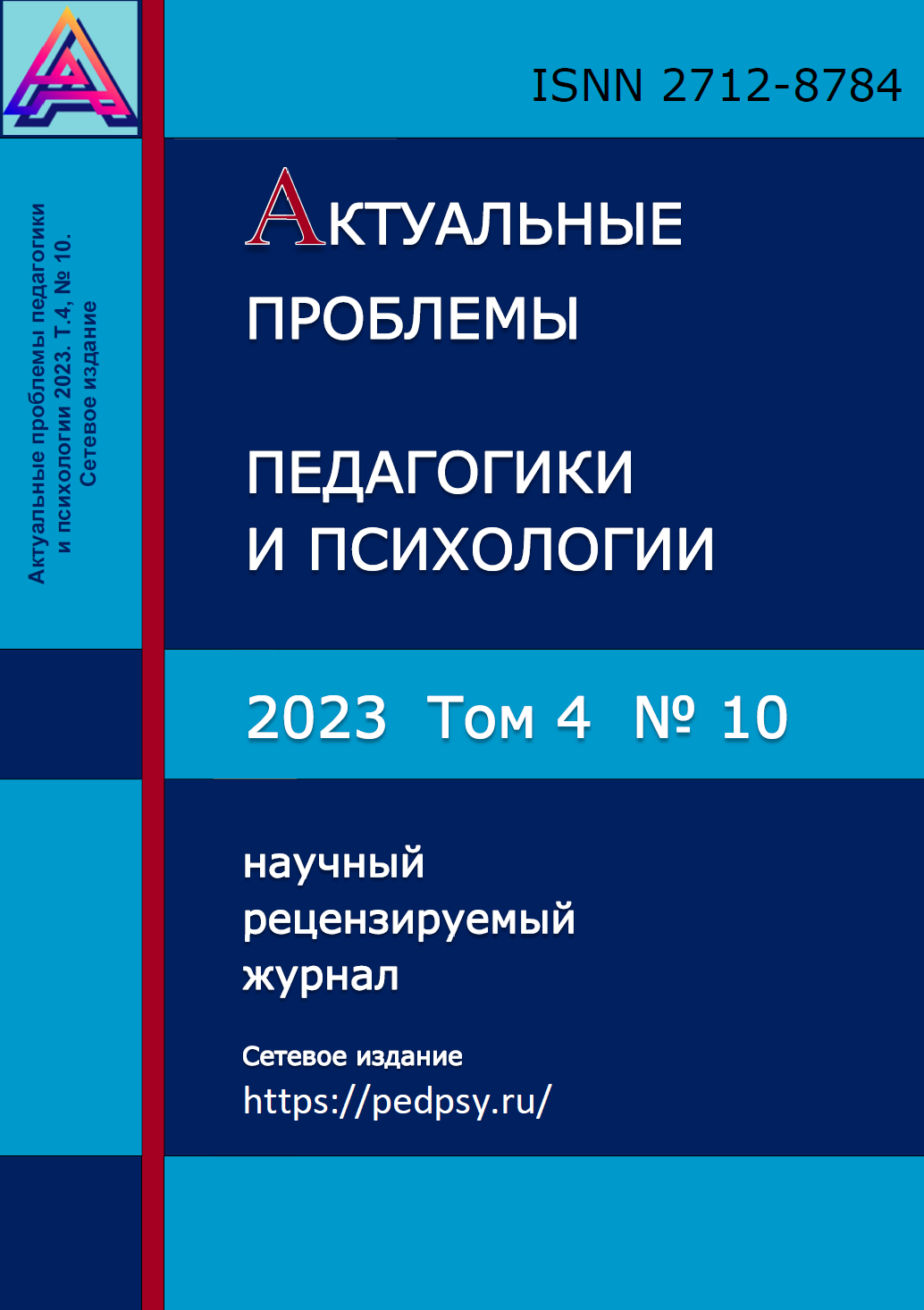LINGUISTIC COMPRESSION AT THE SEMANTIC LEVEL IN THE TEXTS OF MODERN VIRTUAL COMMUNICATION
Keywords:
Social networks, compression at the semantic level, digital tokens, the Internet.Abstract
The present work is devoted to the comparative analysis of various points of view of linguists regarding linguistic compression at the semantic level of language. The article also presents data on the difference between compression at the semantic and other levels of the language. Separately, the question of the fact of how semantic compression and digital lexical units correlate with each other in modern virtual communication is considered.
The relevance of the topic is due to the fact that in the process of modern virtual communication, users are increasingly using hashtagged lexical units, which are the result of linguistic compression at the semantic level.
The problem of this work is the review of different approaches to the process of linguistic compression at the semantic level. The goal is to establish a correlation between semantic compression and digital tokens. In accordance with this, the process of solving the problems of the evidence base of the presence of compression in hashtagged lexemes at the level of semantics is implemented.
The methodology is based on comparative analysis. Descriptive analysis also helps to understand the differences between compression at the semantic level and at the graphemic, syntactic, etc.
The result of the work is the justification of the frequent use of digital lexical units that integrate not only texts in virtual communication, but also audio files, video files, photos, etc. by means of compression at the semantic level.
References
Atjagina A.P. Tvitter kak novaja diskursivnaja praktika. Dissertacija ... kandidata filologicheskih nauk. Omsk, 2014
(Атягина А.П. Твиттер как новая дискурсивная практика. Диссертация ... кандидата филологических наук. Омск, 2014)
Daer A. R. Rhetorical Functions of Hashtag Forms Across Social Media Applications. / A. R. Daer, R. Hoffman, S. Goodman // Communication. Design Quarterly Review. – 2014. – № 3 (1). Pp. 12-16.
Goroshko, E.I., Poljakova, T.L. Lingvisticheskie osobennosti anglojazychnogo Tvittera // Uchenye zapiski Krymskogo federal'nogo universiteta imeni V. I. Vernadskogo. Filologicheskie nauki. 2011. №2-1.
(Горошко, Е.И., Полякова, Т.Л. Лингвистические особенности англоязычного Твиттера // Ученые записки Крымского федерального университета имени В. И. Вернадского. Филологические науки. 2011. №2-1)
Neljubin L.L. Tolkovyj slovar' perevoda. M., 2003, 320 s. (Нелюбин Л.Л. Толковый словарь перевода. М., 2003, 320 с.)
Shokina A.B. Jazykovaja kompressija v reklamnom tekste. Avtoreferat dissertacii … kandidata filologicheskih nauk. Moskva, 2008, 23 s.
(Шокина А.Б. Языковая компрессия в рекламном тексте. Автореферат диссертации … кандидата филологических наук. Москва, 2008, 23 с.)
Umerova, M. V. Jazykovaja kompressija: vidy i urovni realizacii / M. V. Umerova // Aktual'nye voprosy sovremennoj nauki. – 2011. – № 17-1. – S. 260-269.
(Умерова, М. В. Языковая компрессия: виды и уровни реализации / М. В. Умерова // Актуальные вопросы современной науки. – 2011. – № 17-1. – С. 260-269. )
Vasilevskij, A. P. O kompressii rechi na raznyh urovnjah / A. P. Vasilevskij, Ju. M. Jemdina // Urovni jazyka i ih vzaimodejstvie. – M., 1967. – S. 37-38.
Downloads
Published
How to Cite
Issue
Section
License
Copyright (c) 2023 Алексеев Александр Владимирович

This work is licensed under a Creative Commons Attribution-NonCommercial 4.0 International License.
Availability of publications based on the Creative Commons license
The journals Materials of international conferences and "Actual Problems of Pedagogy and Psychology" are open access journals, which means that all content is freely available to the user or his/her institution for free. Users can read, download, copy, distribute, print, search or link to the full texts of articles or use them for any other legitimate purposes without the prior permission of the publisher or author.
Copyright is reserved for the author without restrictions, the license applies to readers and the publisher.
Availability of publications based on the Creative Commons license
Attribution-Non-Commercial 4.0 International (CC BY-NC 4.0)
This is a human-readable summary of (and not a substitute for) the license. Disclaimer.
You are free to:
- Share — copy and redistribute the material in any medium or format
- Adapt — remix, transform, and build upon the material
- The licensor cannot revoke these freedoms as long as you follow the license terms.
Under the following terms:
- «Attribution» — You must give appropriate credit, provide a link to the license, and indicate if changes were made. You may do so in any reasonable manner, but not in any way that suggests the licensor endorses you or your use.
- Non-Commercial — You may not use the material for commercial purposes.
- No additional restrictions — You may not apply legal terms or technological measures that legally restrict others from doing anything the license permits.
Notices:
- You do not have to comply with the license for elements of the material in the public domain or where your use is permitted by an applicable exception or limitation.
- No warranties are given. The license may not give you all the permissions necessary for your intended use. For example, other rights such as publicity, privacy, or moral rights may limit how you use the material.



.jpg)

.jpg)
